

Articles
How Many Lumens Needed For A Living Room
Modified: January 23, 2024
Discover the optimal number of lumens required for a well-lit living room with our insightful articles. Make the right choice for your home's lighting needs.
(Many of the links in this article redirect to a specific reviewed product. Your purchase of these products through affiliate links helps to generate commission for Storables.com, at no extra cost. Learn more)
Introduction
Welcome to our comprehensive guide on determining how many lumens are needed for a living room. Lumens are a unit of measurement that quantifies the brightness of light produced by a lighting source. Understanding the appropriate number of lumens for your living room is essential in creating a well-lit and comfortable space that fits your needs and preferences.
Proper lighting is key to creating the desired ambiance in any room, and the living room is no exception. Whether you use it as a space to relax and unwind, entertain guests, or engage in various activities, having the right amount of light can greatly enhance the functionality and aesthetics of your living room.
In this article, we will delve into the factors you should consider when determining how many lumens are needed for your living room. We will discuss the size of your living room, the type of lighting fixtures you plan to use, the desired ambiance, and the availability of natural light. By the end of this guide, you will have a clear understanding of the recommended lumen range for your living room based on these factors.
Whether you are renovating your living room or simply looking to improve its lighting, let’s explore how to achieve the perfect illumination for your space.
Key Takeaways:
- Proper lighting in a living room is crucial for ambiance and functionality. Factors such as room size, fixture type, desired ambiance, and natural light availability all play a role in determining the optimal lumen range.
- Understanding lumens, considering room size, selecting appropriate fixtures, and balancing natural and artificial light are key in achieving the perfect illumination for a well-lit and inviting living room.
Read more: How Many Lumens For A Dining Room
Understanding Lumens
Before we dive into the specifics of how many lumens are needed for a living room, it’s important to understand what lumens actually are and how they relate to the brightness of light.
Lumens are a measurement of the total amount of visible light emitted by a light source. In simpler terms, it measures how bright a light bulb or fixture will appear to the human eye. The higher the lumen output, the brighter the light will be.
It’s important to note that lumens are not the same as watts, which are a measurement of power consumption. In the past, the brightness of light bulbs was associated with higher wattage. However, with the introduction of energy-efficient LED bulbs, which consume significantly fewer watts while still producing high lumens, it’s no longer accurate to judge the brightness of a light based on wattage alone.
To give you a better idea of the lumen ranges for different lighting applications, here are some general guidelines:
- 450-800 lumens: Suitable for accent or decorative lighting.
- 800-1100 lumens: Ideal for general ambient lighting in smaller rooms or areas.
- 1100-1600 lumens: Best for general ambient lighting in average-sized rooms.
- 1600-2200 lumens: Recommended for larger rooms or spaces that require brighter lighting.
- Above 2200 lumens: Typically used in areas that require very bright lighting, such as commercial spaces.
It’s important to remember that these are general guidelines and can vary depending on personal preference, specific lighting fixtures, and the purpose of the room.
Now that we have a basic understanding of lumens, let’s explore the factors that come into play when determining how many lumens are needed for a living room.
Factors to Consider
When determining the appropriate number of lumens for your living room, there are several factors you should take into consideration. These factors will help you create the desired lighting atmosphere and ensure that your living room is well-illuminated for different activities and moods.
Here are the key factors to consider:
Size of the Living Room
The size of your living room plays a crucial role in determining the number of lumens needed. A larger living room will require more lumens to adequately light up the space, while a smaller living room may require fewer lumens. As a general rule of thumb, you will need about 20 lumens per square foot of living space. For instance, if your living room is 200 square feet, you will need around 4000 lumens to provide sufficient lighting.
Type of Lighting Fixtures
The type of lighting fixtures you plan to use in your living room will also impact the required number of lumens. Different fixtures have different lumen outputs and dispersion patterns. For example, recessed lights, chandeliers, and table lamps will have varying lumen outputs. It’s essential to choose fixtures that are suitable for your living room size and lighting needs. Additionally, dimmable fixtures offer the flexibility to adjust the brightness according to the desired ambiance.
Read more: How Many Lumens For Laundry Room
Desired Ambiance
The ambiance you want to create in your living room is another crucial factor. Different activities and moods may require different levels of brightness. For instance, you may want brighter, well-lit lighting for tasks such as reading or working, while you may prefer dimmer, softer lighting for relaxation or movie nights. Consider the activities you commonly engage in and the desired ambiance to determine the appropriate lumen range.
Natural Light Availability
The availability of natural light in your living room should also be taken into account. If your living room receives ample natural light throughout the day, you may require fewer lumens to supplement the existing light sources. However, if your living room lacks natural light or is primarily used in the evenings, you will need to rely more on artificial lighting and may require higher lumens to compensate.
By considering these factors and finding the right balance, you can determine the optimal number of lumens for your living room. In the next section, we will provide recommended lumen ranges based on the size of the living room.
Size of the Living Room
The size of your living room is a crucial factor to consider when determining the number of lumens needed for optimal lighting. A larger living room will require more lumens to ensure even illumination throughout the space, while a smaller living room may require fewer lumens. Let’s explore how to estimate the appropriate lumen range based on the size of your living room.
As a general guideline, it is recommended to have approximately 20 lumens per square foot of living space. To calculate the desired lumen range for your living room, you will need to measure the length and width of the room in feet and multiply them to determine the square footage. For example, if your living room measures 12 feet by 15 feet, the total square footage would be 180 square feet.
Using the guideline of 20 lumens per square foot, you would multiply the square footage by 20 to determine the total number of lumens needed. In this case, you would need around 3,600 lumens for optimal lighting in a 180 square foot living room.
Keep in mind that this is a general guideline and can vary based on personal preference and specific lighting needs. If you prefer a brighter or dimmer environment, you can adjust the number of lumens accordingly. Additionally, it’s important to consider the room’s layout and any areas that may require additional lighting, such as reading nooks or art displays.
If your living room has high ceilings, you may also need to factor in the vertical space. It’s recommended to add an additional 10% of lumens for every foot above the standard 8-foot ceiling height. For example, if your living room has a 12-foot ceiling, you would add 40% more lumens to account for the height difference.
Remember, these calculations serve as a starting point and can be adjusted based on your personal preferences and specific lighting needs. It’s always a good idea to consult with a lighting professional or consider using dimmable fixtures to have more control over the brightness levels in your living room.
Now that you have an understanding of how to estimate the lumen range based on the size of your living room, let’s move on to explore the type of lighting fixtures you should consider.
Type of Lighting Fixtures
Choosing the right lighting fixtures for your living room is essential in achieving the desired level of illumination and ambiance. Different types of lighting fixtures have varying lumen outputs and dispersion patterns, which can greatly impact the overall lighting in your space. Let’s explore the various lighting fixtures commonly used in living rooms:
Read more: How Many Lumens For A Dining Room?
1. Ambient Lighting Fixtures
Ambient lighting fixtures, also known as general lighting, are used to provide overall illumination to the entire living room. These fixtures typically have a wide dispersion angle to evenly light up the space. Examples of ambient lighting fixtures include ceiling-mounted fixtures, track lighting, or recessed lights. The recommended lumen range for ambient lighting fixtures in a living room can vary depending on the size of the space. As a general guideline, aim for approximately 10-20 lumens per square foot for ambient lighting.
2. Task Lighting Fixtures
Task lighting fixtures are designed to provide focused and concentrated lighting for specific activities in your living room. These fixtures include desk lamps, floor lamps, or adjustable wall-mounted fixtures. Task lighting should be brighter than ambient lighting to provide ample light for tasks such as reading, working on a computer, or doing crafts. The recommended lumen range for task lighting fixtures can vary, but a general guideline is to aim for approximately 50-100 lumens per square foot.
3. Accent Lighting Fixtures
Accent lighting fixtures are used to highlight and draw attention to specific features or areas in your living room, such as artwork, architectural elements, or decorative objects. These fixtures include track lighting, picture lights, or wall-mounted fixtures with adjustable heads. Accent lighting is usually brighter than ambient lighting to create a focal point and add depth to the room. The recommended lumen range for accent lighting fixtures can vary depending on the specific feature or area you want to highlight.
4. Dimmable Fixtures
Consider using dimmable fixtures in your living room to have greater control over the brightness levels and create different ambiance for different occasions. Dimmable fixtures allow you to adjust the lumen output to suit your preferences or specific activities in the living room. This flexibility is particularly beneficial for creating a cozy atmosphere for movie nights or lowering the brightness for a relaxing evening.
When selecting lighting fixtures for your living room, consider the size of the space, the specific lighting needs for different activities, and the overall style and design aesthetic. It’s also important to choose fixtures that are compatible with LED bulbs, as they are energy-efficient and long-lasting.
Now that you have an understanding of different lighting fixtures, we can move on to discuss the desired ambiance you want to create in your living room.
Desired Ambiance
Creating the desired ambiance in your living room is crucial in setting the mood and atmosphere for different activities and occasions. The level of brightness and type of lighting can greatly impact the overall feel and aesthetic of the space. It’s essential to consider the ambiance you want to achieve when determining the number of lumens needed in your living room.
1. Bright and Energetic
If you prefer a bright and energetic ambiance in your living room, opt for higher lumen levels. Bright lighting is ideal for tasks that require good visibility, such as reading, working, or engaging in hobbies. You can achieve this by using higher lumen ambient lighting fixtures, task lighting fixtures with brighter bulbs, and ensuring adequate lighting throughout the space. Consider using cool white or daylight bulbs for a crisp and vibrant feel.
2. Warm and Cozy
For a warm and cozy ambiance, lower lumen levels and softer lighting are more suitable. This type of ambiance is perfect for relaxation, entertaining guests, or creating a cozy atmosphere for movie nights. Use dimmable fixtures or lamps with warm white or soft white bulbs to create a soothing and inviting feel. Including accent lighting to highlight specific features or areas can add a touch of warmth and depth to the room.
3. Versatile and Adjustable
If you desire flexibility and the ability to change the ambiance in your living room based on different occasions, consider using dimmable fixtures. Dimmable ambient lighting fixtures, task lighting fixtures, or lamps allow you to adjust the brightness levels to suit your needs. This versatility is particularly useful for accommodating a variety of activities, such as hosting social gatherings, working from home, or simply relaxing with a book. Having the ability to dim the lights creates a dynamic and adaptable space.
Remember, the desired ambiance is a personal preference, and it should reflect your lifestyle and the function of your living room. Experiment with different lighting arrangements, bulb types, and dimming options to find the perfect balance that suits your needs.
Now that you have considered the desired ambiance for your living room, let’s move on and explore how the availability of natural light impacts the required number of lumens.
Read more: How Many Sq. Ft. Is A Living Room
Natural Light Availability
The availability of natural light in your living room is an important factor to consider when determining the number of lumens needed. Natural light not only provides illumination but also contributes to the overall aesthetic and ambiance of the space. Understanding how natural light affects the required lumens will help you create the perfect balance of artificial and natural lighting in your living room.
1. Abundant Natural Light
If your living room receives ample natural light throughout the day, you may not need as many lumens from artificial lighting sources. Natural light can provide a significant portion of the illumination needed, especially during daylight hours. Consider positioning furniture and window treatments to maximize the entry of natural light into the space. Supplement the natural light with ambient and task lighting fixtures to enhance visibility and provide additional illumination during the evenings or in darker areas of the room.
2. Limited Natural Light
In cases where your living room lacks natural light or is primarily used during the evenings or in interior spaces, you will need to rely more on artificial lighting sources. With limited natural light, you may require higher lumen levels to adequately illuminate the room. This can be achieved by using brighter bulbs or increasing the number of lighting fixtures in the living room. Consider using daylight or cool white bulbs to simulate natural lighting and compensate for the lack of daylight.
3. Balancing Natural and Artificial Light
In some situations, you may want to strike a balance between natural and artificial lighting. This approach can provide the best of both worlds, with natural light creating a refreshing and dynamic atmosphere during the day and artificial lighting enhancing the space during low-light periods. Use window treatments that allow for flexibility in controlling the amount of natural light entering the room. Combine ambient, task, and accent lighting fixtures strategically to create a cohesive and well-lit environment throughout the day.
By considering the natural light availability in your living room, you can determine the required lumens more accurately. Remember that natural light can vary throughout the day and across different seasons, so it’s important to assess the lighting needs during various lighting conditions.
Now that we have explored the impact of natural light on the required lumens, let’s move on to the recommended lumen ranges based on different living room sizes.
Read more: How Many Recessed Lights For A Living Room
Recommended Lumens for Different Living Room Sizes
Now that we have considered the various factors that influence the required number of lumens for a living room, let’s explore the recommended lumen ranges based on different living room sizes. These ranges serve as a guideline to help you achieve adequate lighting and create a well-lit and inviting space.
1. Small Living Room (Up to 150 square feet)
For smaller living rooms, approximately 2,000 to 3,000 lumens is typically sufficient to provide proper illumination. This can be achieved by using ambient lighting fixtures with a lumen output of 10-20 lumens per square foot and supplementing with task and accent lighting as needed.
2. Medium Living Room (150-300 square feet)
A medium-sized living room may require around 3,000 to 4,500 lumens to ensure adequate lighting. This can be achieved by using ambient lighting fixtures with a lumen output of 10-20 lumens per square foot, combined with task lighting fixtures and accent lighting to enhance specific areas or features.
3. Large Living Room (300-500 square feet)
For larger living rooms, it is recommended to have approximately 4,500 to 6,000 lumens to properly light up the space. This can be achieved by using ambient lighting fixtures with a lumen output of 10-20 lumens per square foot, along with task lighting fixtures and strategically placed accent lighting to create layers of light.
Read more: How Many Lamps Should Be In A Living Room
4. Extra-Large Living Room (500+ square feet)
If you have an extra-large living room, you may need 6,000 lumens or more to ensure sufficient lighting. It’s important to distribute the light sources evenly throughout the space to avoid any dark or poorly-lit areas. Consider using a combination of ambient lighting fixtures, task lighting fixtures, and accent lighting to create a balanced and well-lit environment.
Remember that these recommended lumen ranges are general guidelines and can be adjusted based on personal preference, desired ambiance, and specific lighting fixtures used. It’s also important to consider the ceiling height and any specific areas or features that may require additional lighting.
Now that you have an understanding of the recommended lumen ranges for different living room sizes, let’s conclude our guide on determining how many lumens are needed for a living room.
Conclusion
Creating the perfect lighting in your living room is essential for both functionality and aesthetics. Determining the appropriate number of lumens is an important aspect of achieving the desired illumination. Throughout this guide, we have explored the various factors that come into play when determining how many lumens are needed for a living room.
We started by understanding what lumens are and how they relate to the brightness of light. We then discussed the factors to consider, including the size of the living room, the type of lighting fixtures, the desired ambiance, and the availability of natural light. By taking these factors into account, you can determine the optimal lumen range for your living room.
We learned that the size of the living room is a key factor, with larger spaces generally requiring more lumens for even illumination. The type of lighting fixtures used in the living room also plays a role, with ambient, task, and accent lighting all serving different purposes. The desired ambiance and the availability of natural light further influence the required lumens, allowing you to create a specific atmosphere or balance natural and artificial light.
Based on the size of the living room, we provided recommended lumen ranges to serve as a starting point. These ranges can be adjusted according to personal preference and specific lighting needs.
In conclusion, finding the right number of lumens for your living room is a balance between functionality, style, and personal preference. Consider the size of your space, the type of lighting fixtures, the desired ambiance, and the natural light availability. With careful consideration, you can create a well-lit and inviting living room that meets your needs and enhances the overall atmosphere of your home.
Remember to experiment, be creative, and trust your own judgment. Lighting has a significant impact on the overall look and feel of a room, so have fun finding the perfect lighting setup for your living room!
Frequently Asked Questions about How Many Lumens Needed For A Living Room
Was this page helpful?
At Storables.com, we guarantee accurate and reliable information. Our content, validated by Expert Board Contributors, is crafted following stringent Editorial Policies. We're committed to providing you with well-researched, expert-backed insights for all your informational needs.
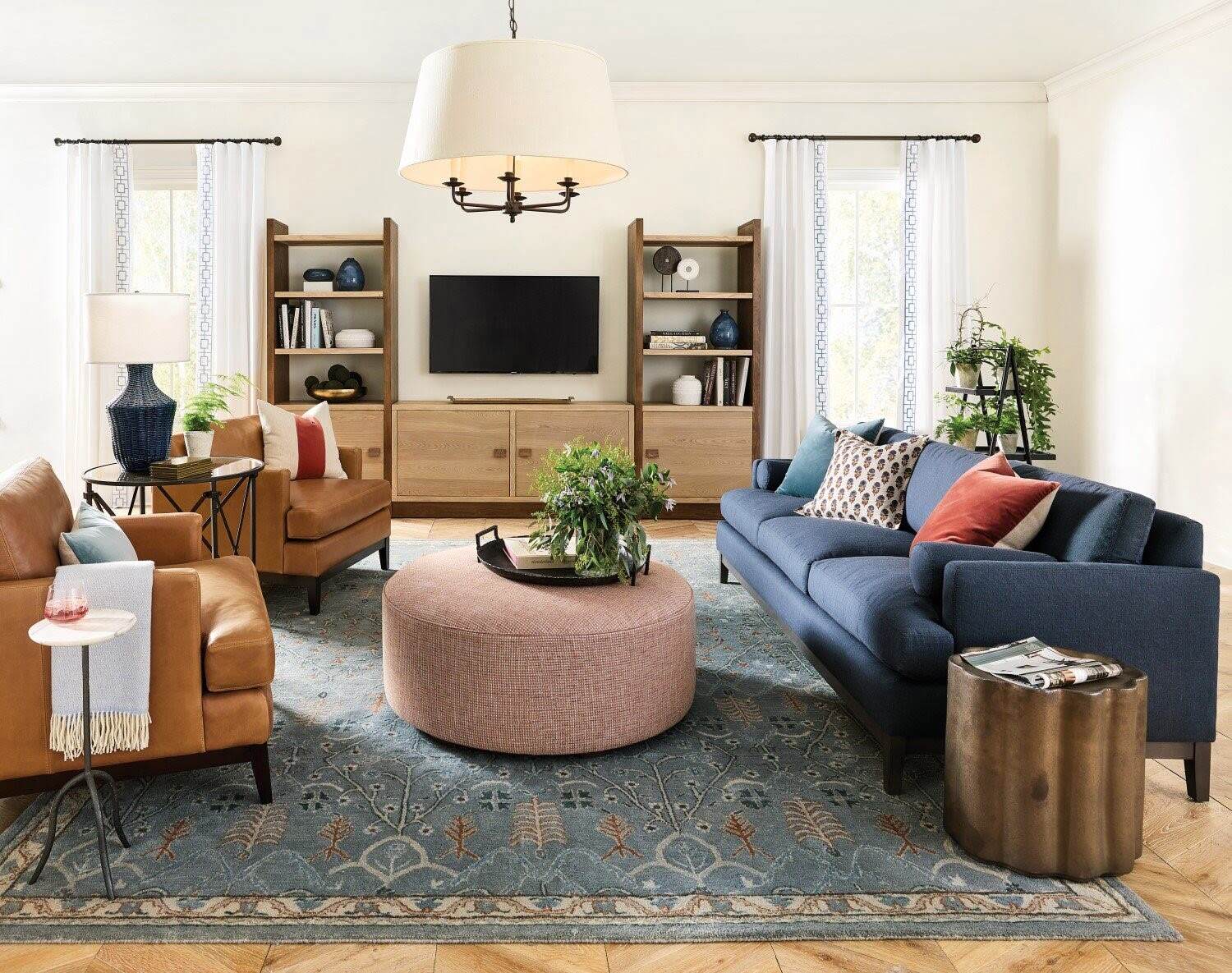
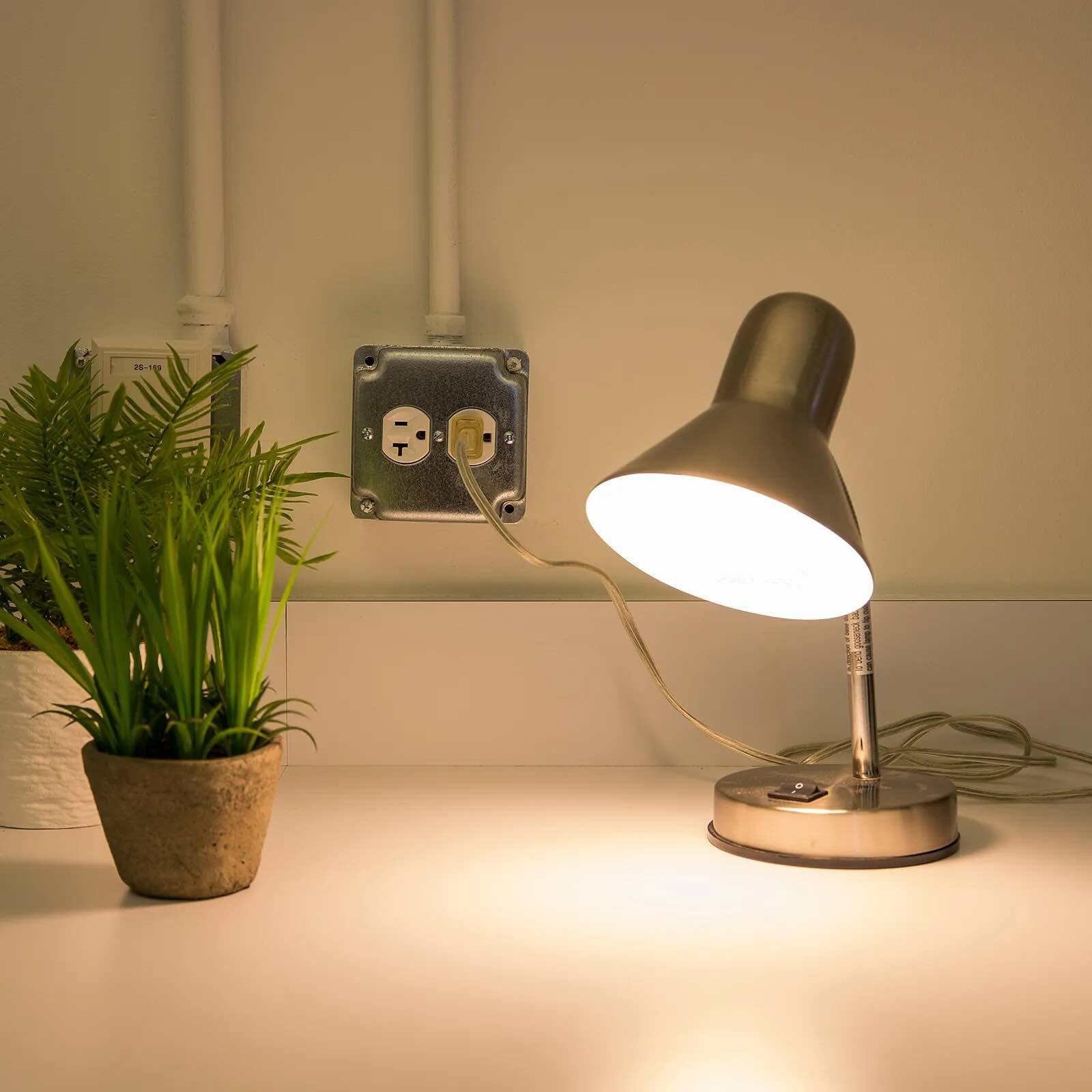
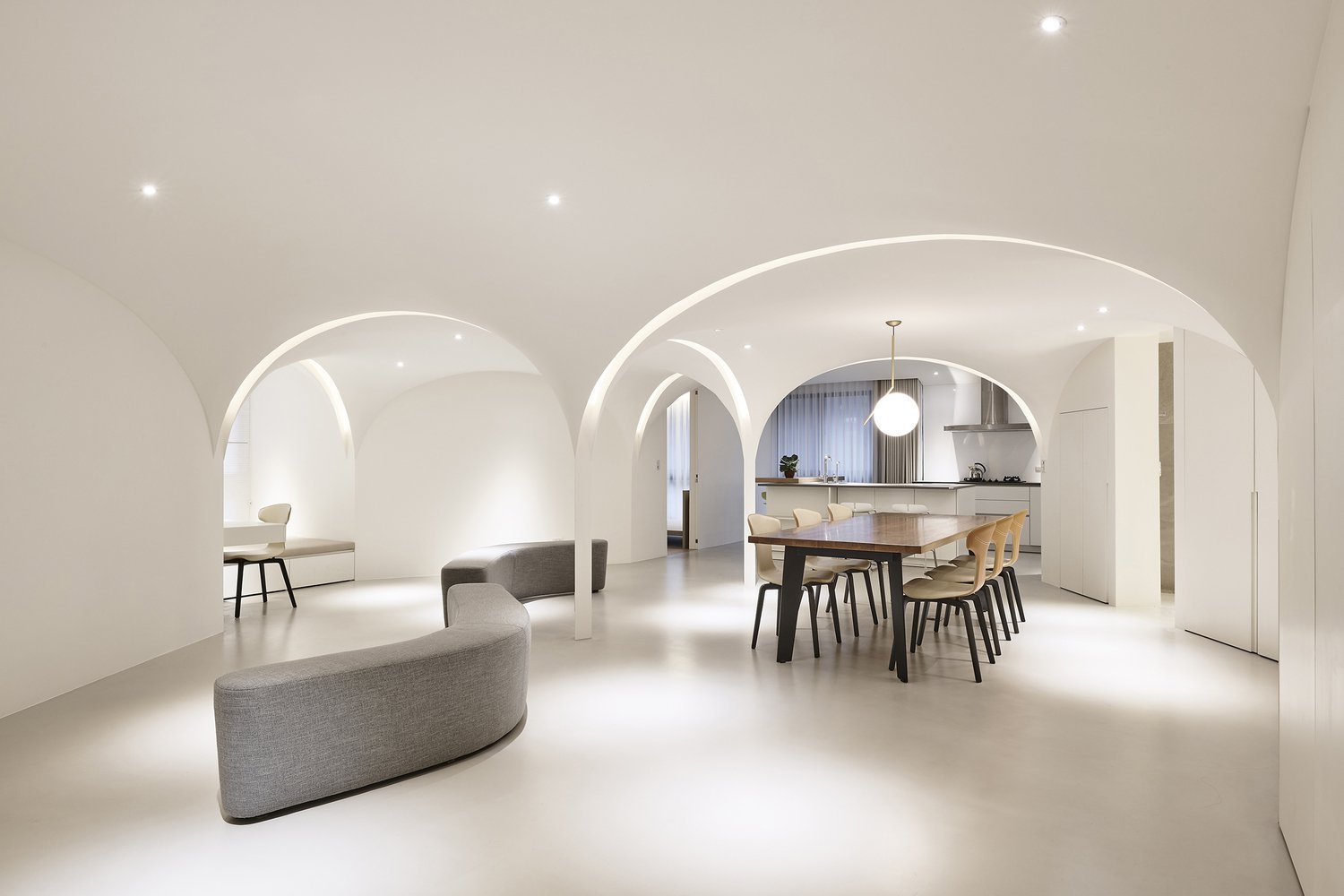

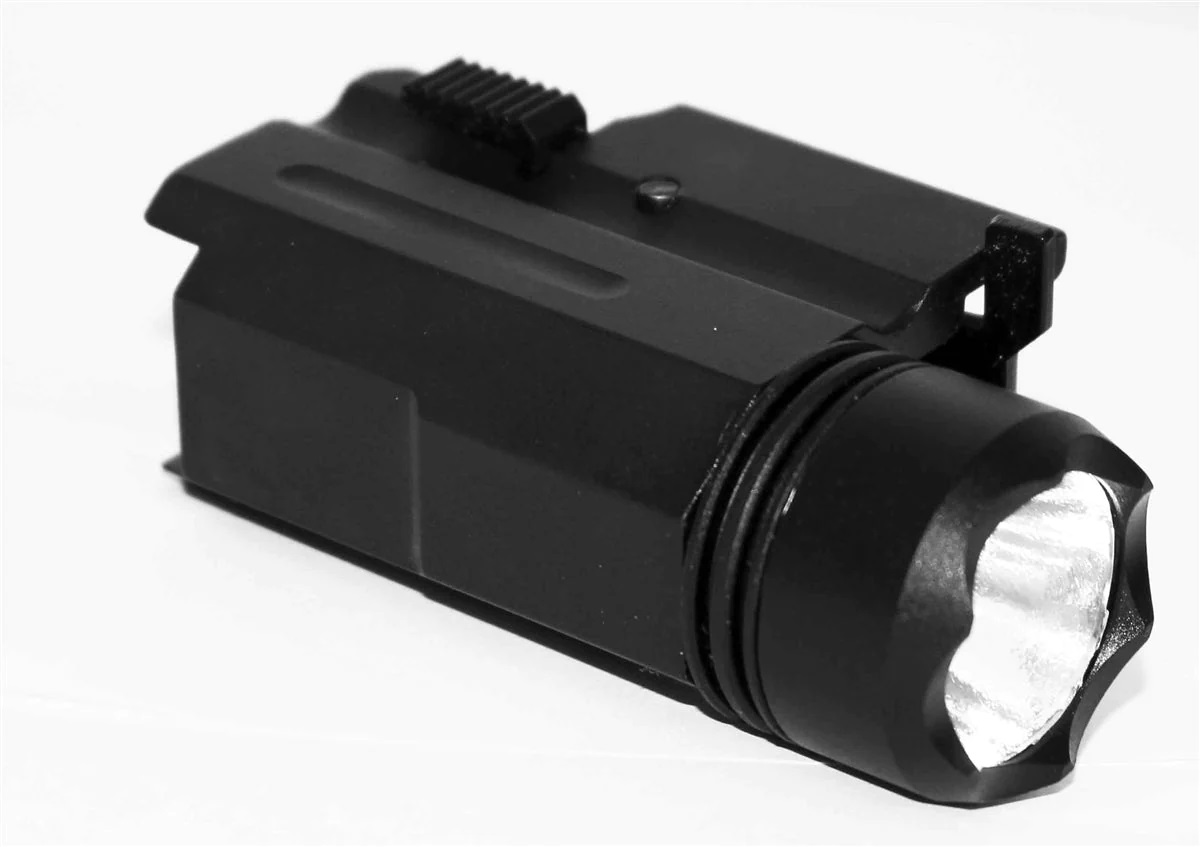
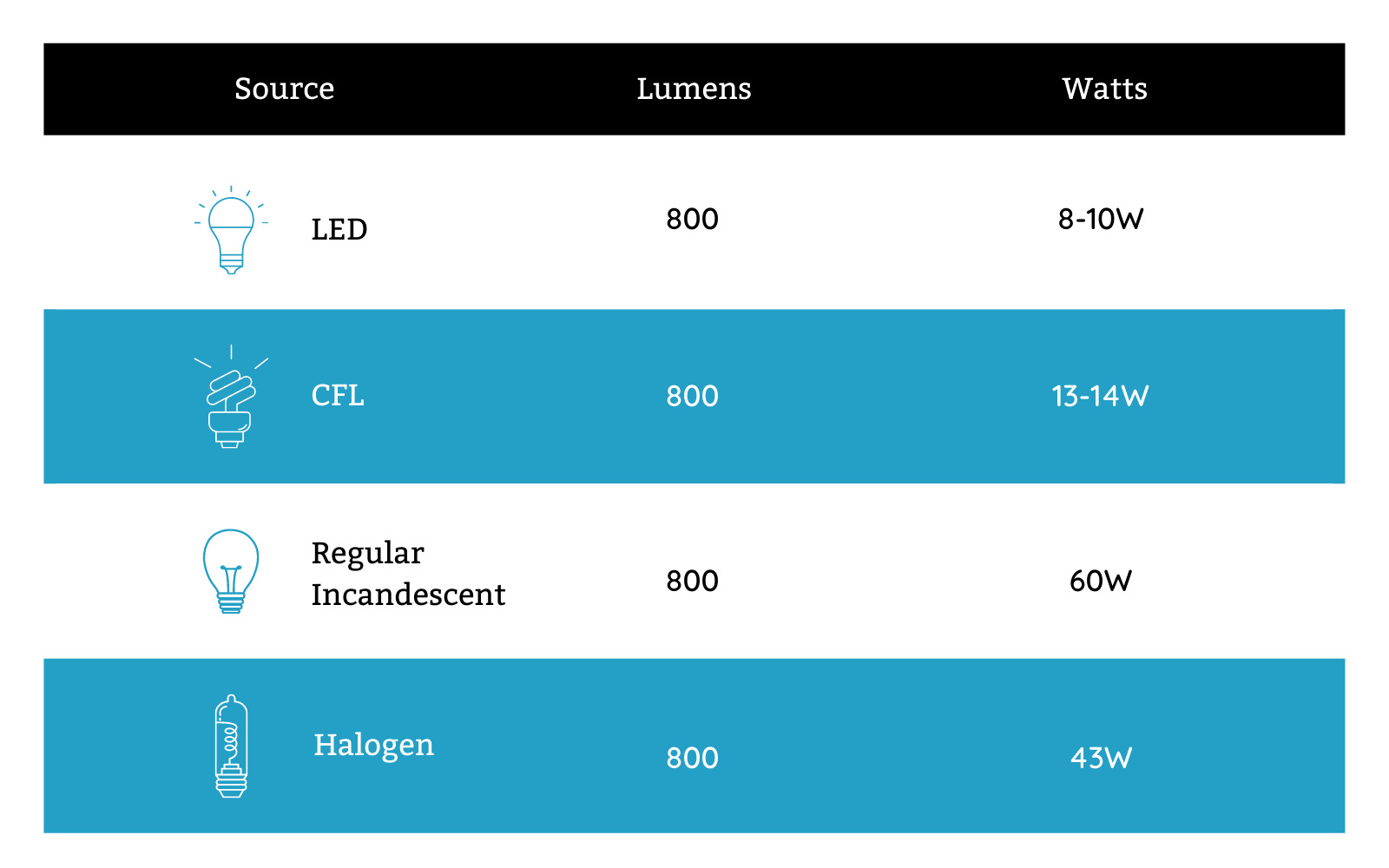
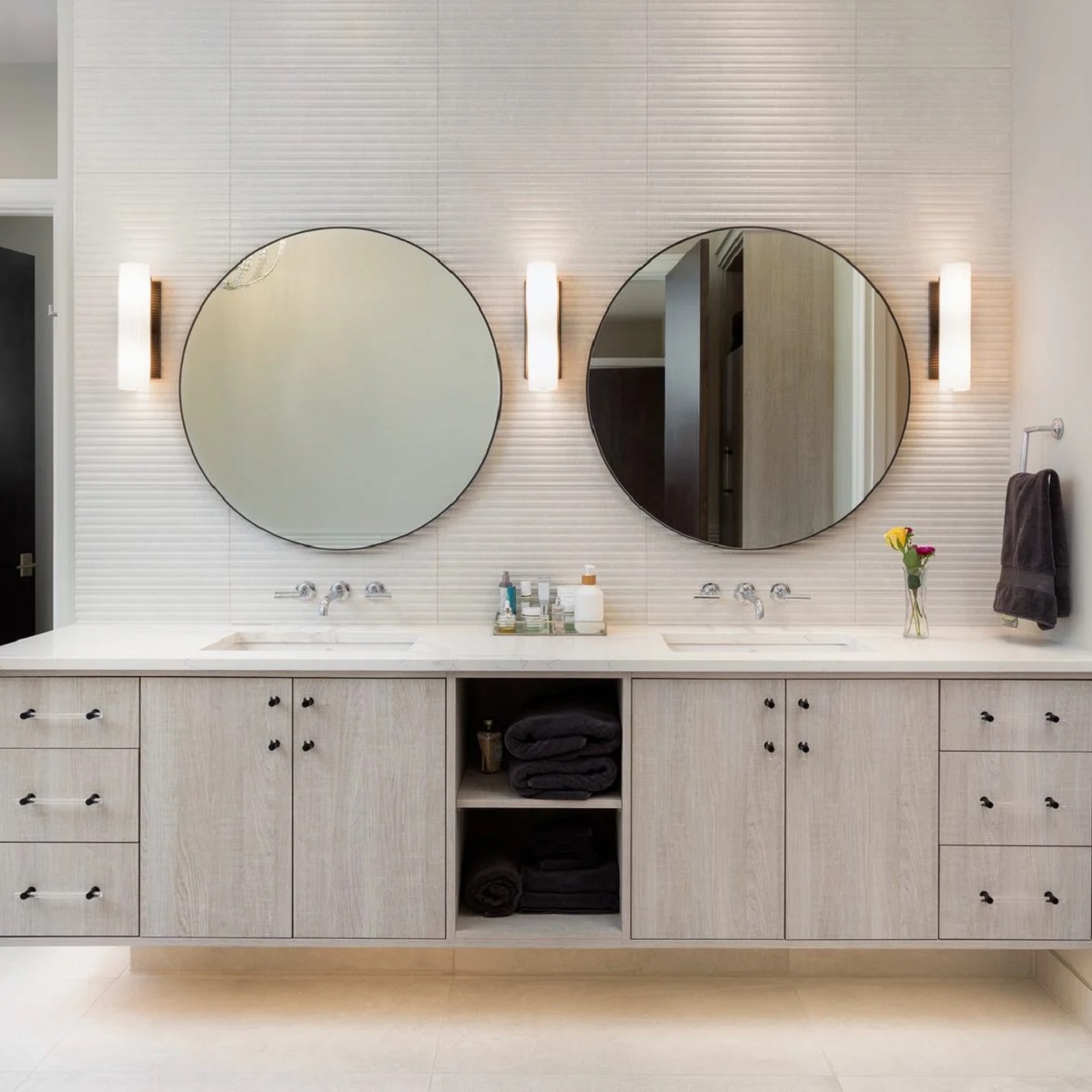
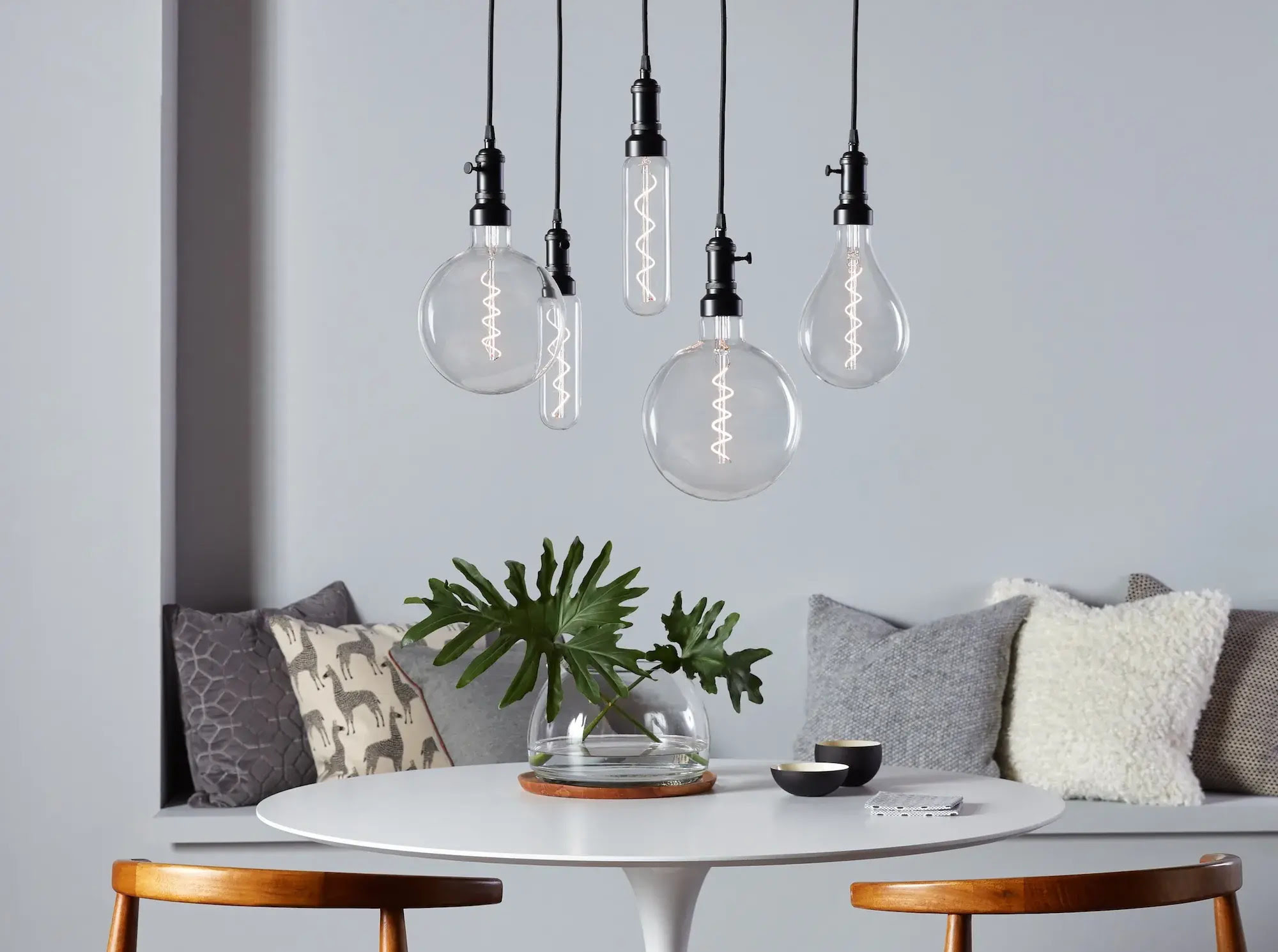
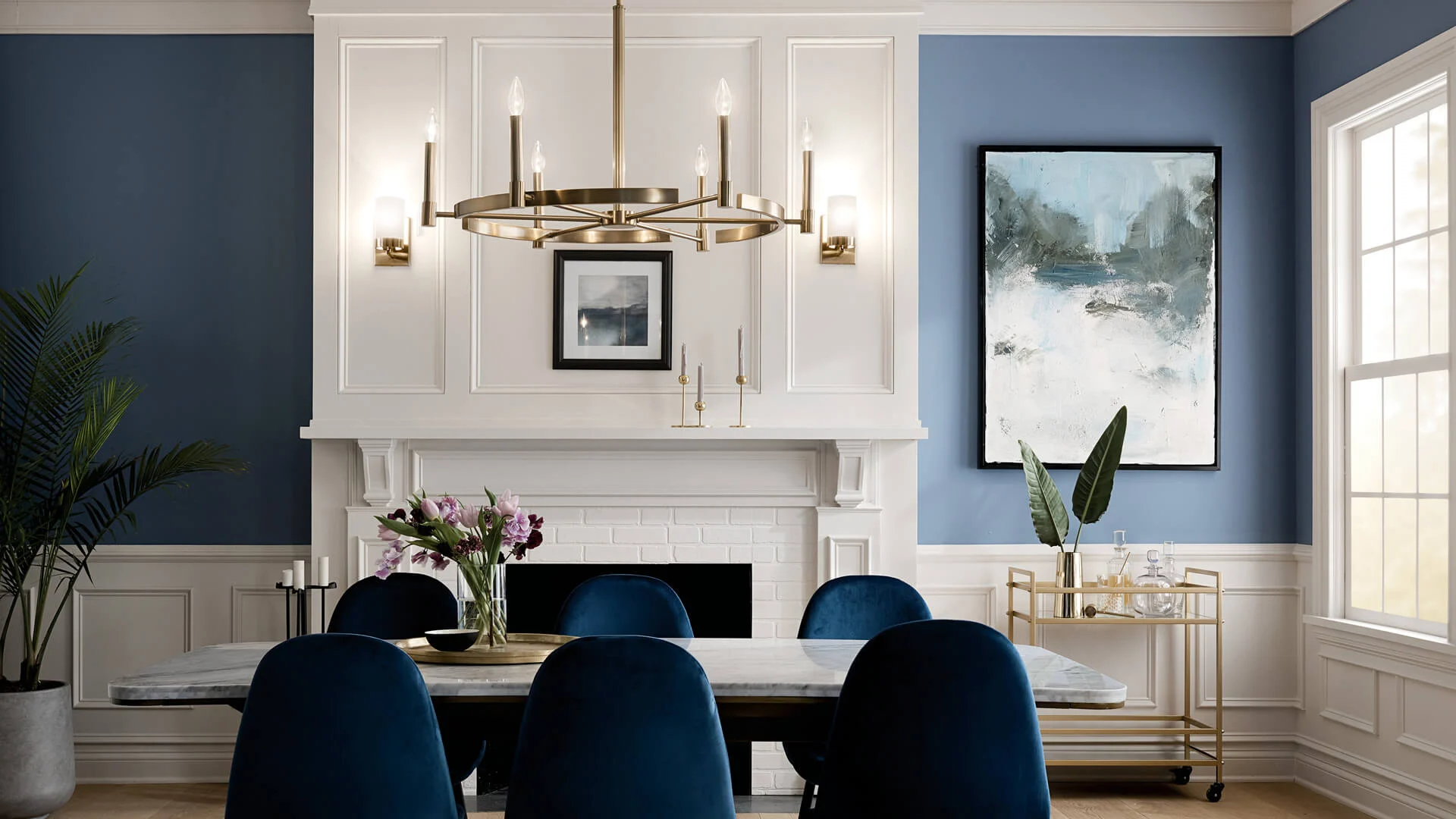

0 thoughts on “How Many Lumens Needed For A Living Room”